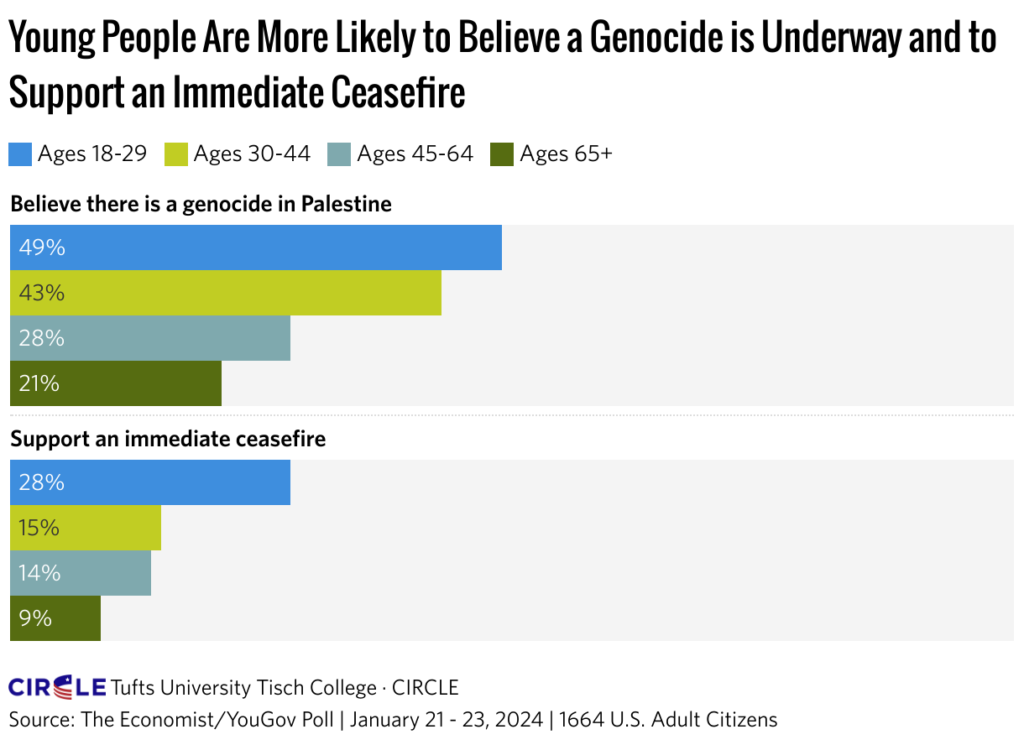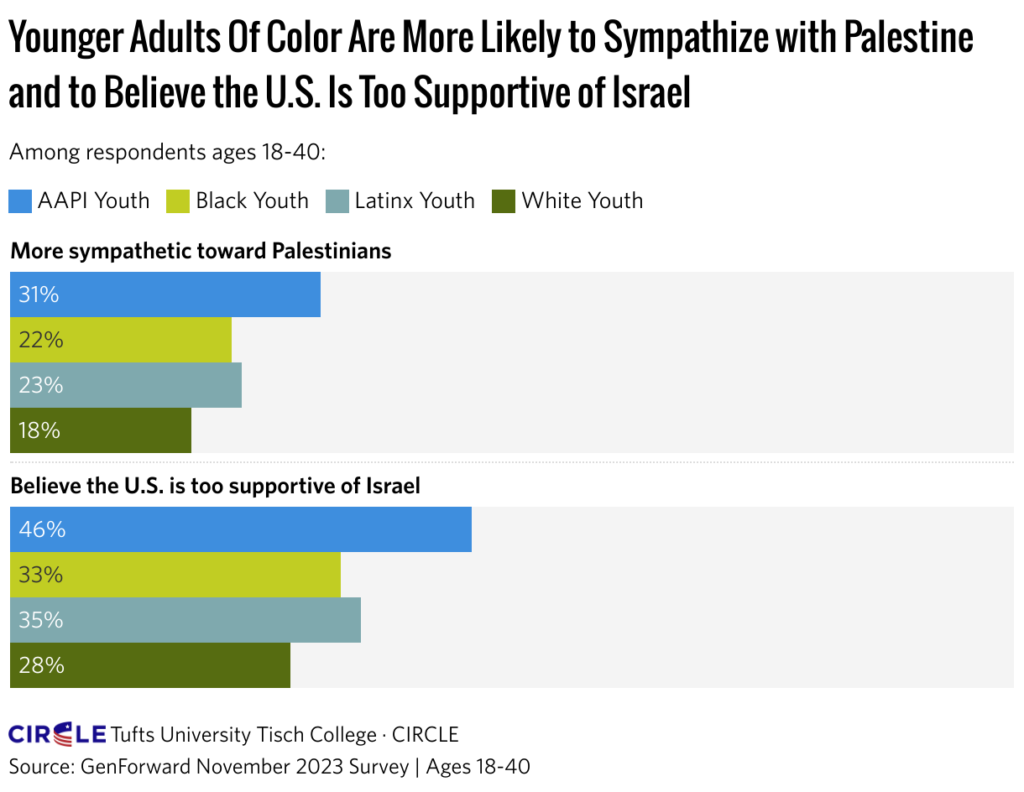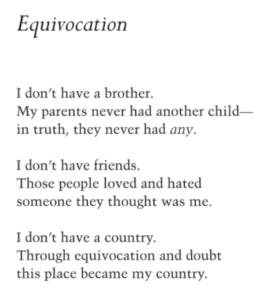As everyone knows by now, Fox News host Megyn Kelly said last week, “Jesus was a white man, too. It’s like we have, he’s a historical figure. That’s a verifiable fact, as is Santa. I just want kids to know that.”
In one sense, to say that a given historical figure was white cannot be a verifiable fact, because whiteness is not biological or otherwise scientific matter–it is a social construct that people have invented, have frequently adjusted, and can change again. On the other hand, constructs have real enough presence in the world. Race, for example, is a powerful scheme that we impose on reality. Average white American subjects classify a picture of a face as black or white within 30 milliseconds of viewing it.
So we can ask how the historical Jesus would be viewed if he walked into the room today. That is different from two other questions: how people of his day would have seen him and how people today choose to depict him:
- Although the status of race in antiquity is debated, at least some distinguished scholars argue that the ancients did not classify people by skin color or hair, as we are powerfully conditioned to do today. Thus the historical Jesus has a race today but he did not have one while he was alive. He was then neither white nor anything else.
- Today, Jesus is often shown as a blond man in America, but usually as a black man in Ethiopia. For a believer, Jesus transcends race and is naturally depicted as a familiar figure, a member of one’s own community.
A third question is how the historical Jesus would be perceived racially if people saw him today. I think Kelly believes that the answer is: White. Our only source, the New Testament, tells us that he was a Jew. That names a political/religious community that had a foundation story tracing all of its members to one ancestor: Abraham. But even according to the story, Abraham had many descendents who were not Jews, and Jews of Jesus’ time had many ancestors. Luke says that Jesus’ paternal ancestor 23 generations back had been Solomon, a Jew, who “loved many strange [foreign] women, together with the daughter of Pharaoh, women of the Moabites, Ammonites, Edomites, Zidonians, and Hittites. … And he had seven hundred wives, princesses, and three hundred concubines” (I Kings 11). So, according to Luke, Jesus had a lot of diversity in his family tree–as we all do.
Members of Jesus’ religious/political community lived close by and mixed with members of other communities, such as, for example, the Ammonites, Samaritans, and Nabateans. Many of these communities also spoke Jesus’ daily language, Aramaic, which is an Afroasiatic tongue related to Hausa (spoken in Nigeria), ancient Egyptian, Arabic, and Hebrew. I presume that these neighbors would have been phenotypically as well as linguistically very similar to the ancient Jews. In other words, they would have looked and sounded like ancient Jews even though they believed in different things and fell under different laws. We see a little glimpse of the multicultural milieu in the tomb inscription of the poet Meleager of Gadara (near modern Umm Qais in Jordan): “If you are Syrian, Salam [which is Aramaic]; if you are Phoenician, Naidios; if you are Greek, Xaire; and say the same yourself.”
Once the Jewish religious/political community was smashed by the Romans, many Jews went into exile in the empire, where they retained their traditions and tried to marry endogamously (i.e., within the faith). But conversion was allowed, and intermarriage would have been inevitable. One recent estimate suggests that Ashkenazi Jews have 80% non-Jewish European maternal ancestors. That means that Jesus would look less European than today’s Jews whose ancestors resided in Europe, including many (not all) modern Israelis. Furthermore, most modern Jews outside of Israel cannot speak any Afroasiatic language.
But a lot of people who lived in Jesus’ vicinity and looked and talked like him stayed there after the Roman victories in 70 and 132 CE. I assume those who remained included some Jews; it certainly included groups like the Nabateans and the Philistines. Those groups would become largely Christian by the time that Caliph Umar captured the area from the Byzantine Christian empire around 637 CE. Some still remained Christian after the conquest, while most converted to Islam, but all gradually adopted an ethno-political-linguistic identity as Arabs as a result of being incorporated into the Caliphate and its flourishing culture.
Thus someone who looked at talked like Jesus might well be seen as an Arab today, albeit one who spoke a related language (Aramaic) instead of classical or modern Arabic. That raises another question directly related to Megyn Kelly’s claim: is an Arab white?
Again, this is a meaningless question in scientific terms, but perceptions and subjective classifications are important. So the question really means: Would most people perceive any ancient person who looked and talked somewhat like a modern Arab as white? In “Not Quite White: Race Classification and the Arab American Experience,” the author traces the many different ways in which Arab immigrants to the United States have been classified. For example, under a 1978 directive from the Office of Management and the Budget, Arabs were explicitly defined as white (“persons originating in Europe, the Middle East and North Africa”), but one advocacy group now urges Arab Americans to “Check it right — you ain’t white.” In short, the question is contested, and perceptions vary.
Meanwhile, the phrase “people of color” has become much more common in the last 30 years than it was before, and one reason is its breadth. It acknowledges the advantages that come from being perceived as white in the US. By implication, everyone who is not perceived as white has some commonality of experience, despite their vast diversity. By that definition, I think Jesus would pretty clearly be a person of color.
Note …
I am not saying that Jesus was an Arab, because that word developed its current sense centuries after his death.
I am not denying he was a Jew. He was: but that places him in a religious and juridical category, not an ethnic group. The religious community of world Jewry is ethnically diverse and has changed a great deal over two thousand years.
I am not saying that you are wrong to visualize him as white–or as black. You can visualize and depict him any way you want.
I am saying that if he walked into a US airport today, he would be subject to racial profiling on the basis of his color and features, not to mention clothes and language. That is perhaps theologically apt, but it should make a Fox News anchor uncomfortable.
The post Jesus was a person of color appeared first on Peter Levine.




